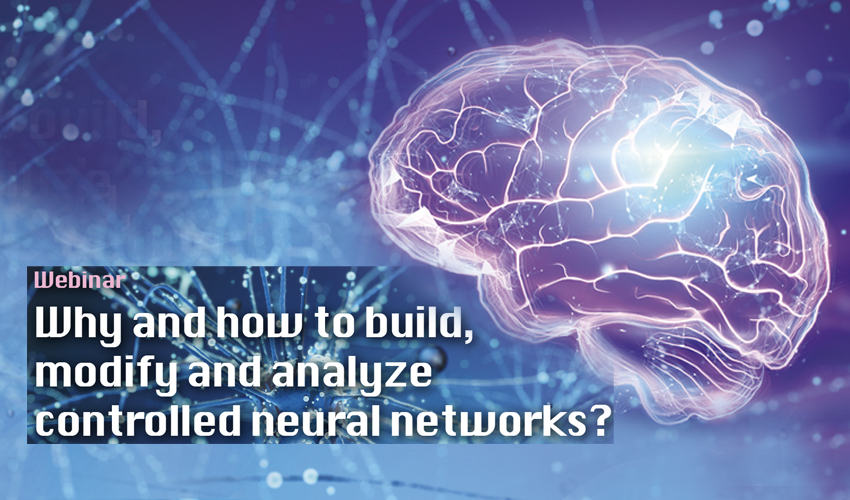
Why and how to build, modify and analyze controlled neural networks?
Abstract:
The traditional way of addressing questions related to the function of the brain involves studying the nervous system of various organism with the argument: “nature optimized these through millions of years of evolution so we should learn how they function by studying the real system”. However, this at the same time means to study something that is highly complex and largely unknown. In addition, although the tools of neuroscience are becoming more and more advanced, due to the complexity of these systems, it is very difficult to address fundamental questions. Probably this is the reason for the lack of consensus in the field even on seemingly basic questions such as “what is information” and “how is information stored and processed” in the brain.
Besides this top-down approach there is also a substantial community (including us) that follows the bottom-up approach, i.e. trying to learn from small networks of neurons with the advantage that the position and connections of the neurons can be precisely defined and the cells have a good accessibility for recording tools: such as patch clamp, microelectrode or CMOS arrays, or fluorescence microscopy.
This talk introduced new tools that we developed to create and to interact with well-defined neuronal networks. For example, asymmetric PDMS microchannels can be used to guide the axonal growth in the desired direction on top of microelectrode arrays. This allows studying fundamental neuroscience paradigms and enables the creation of network architectures with real neurons that resemble current computational neural networks.
In addition, the FluidFM, a force controlled nanopipette developed in our lab, can be used to interface such neural networks. For example, it enables the precise addition and removal of neurons to and from the created patterns, and the local exposure of neurons to drugs or neurotransmitters. It also allows for sensing single molecules with the promise to even identify their sequence. Functionalizing such nanopores and nanopipettes also enable detecting small molecules, such as neurotransmitters in crude cell lysates.
Overall, the tools presented in this talk are the first necessary step for bottom-up neuroscience, a new approach to study neurons and their networks.
Speaker: Prof. János Vörös

Laboratory of Biosensors and Bioelectronics, ETH Zurich, Switzerland
Date: 30 Sep 2021
Time: 4:30-5:30PM (HKT)
Venue: Online (ZOOM)
